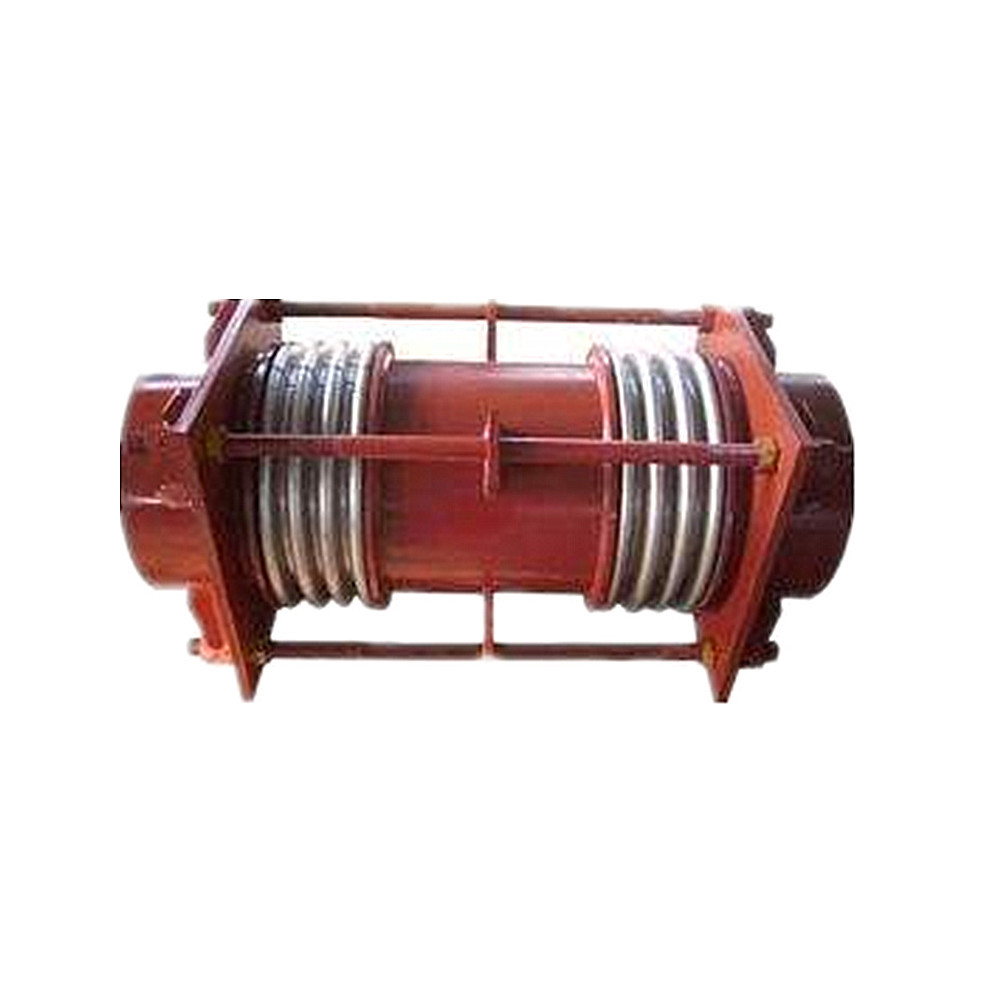A few years ago, if you asked where the Shanxi Taihua Group was located, people might have replied: “Where the taste is most bitter, where the smoke is the darkest and yellowest, that’s where it is.†But today, the scene has completely changed. There’s no more black smoke in the air, and the once-polluted skyline now looks much cleaner.
“Green is a rule. Chemical companies are by no means synonymous with pollution,†said Di Chongyang, chairman of the Taihua Group and secretary of the Party Committee. These words reflect the deep aspirations of the company’s 20,000 employees who are committed to a sustainable future.
In recent years, Taihua has invested over 221 million yuan in 30 environmental projects, with one-third of its technical reform funds dedicated to green initiatives. The company also phased out 18 outdated, polluting products and equipment. Over the past four years, Taihua's economic efficiency has tripled, while total pollutant emissions have dropped by 51%.
One of the major transformations involved removing two large waste mountains. One was a slag hill built over 40 years of production, and the other was a limestone slag mountain that had accumulated for over a decade. These sites were not only unsightly but also emitted foul smells and polluted the environment. With innovative efforts, Taihua turned these waste heaps into valuable resources.
The three fluidized-bed boilers in the factory now burn the slag from the mountain. Two-thirds of the waste residue, mixed with some coal, can generate up to 4,500 kcal per ton. Since 2005, Taihua’s synthetic ammonia branch has produced without purchasing electricity, and all six highly polluting small boilers have been removed. This alone saves the company 50 million yuan annually, establishing a successful cogeneration model.
Later, the limestone slag was transformed into clinker for high-quality Portland cement. In August 2006, Jintou Litang Environmental Protection Building Material Co., Ltd. started a 300,000-ton-per-year clinker line at Taihua. This not only solved the problem of calcium carbide waste but also generated 15 million yuan in annual revenue.
Taihua also eliminated two major sources of pollution—black smoke and yellow gas. By investing 26 million yuan in a waste heat recovery system, the company captured combustible gases during the synthesis of ammonia, eliminating black smoke and producing over 50 tons of steam per hour, adding 15 million yuan in annual value.
At the Chlor-alkali Branch, the company adopted molecular sieve pressure swing adsorption technology, reducing vinyl chloride levels in exhaust gases below national standards and generating 5.5 million yuan in annual benefits, setting a new benchmark in China’s PVC industry.
Today, there’s no more black smoke or strong yellow fumes. The pungent odors have disappeared. The yellow smoke is now absorbed and converted into sodium sulfite and sodium nitrate, meeting national emission standards.
Water reuse has also become a key focus. Previously, industrial wastewater was treated and discharged directly into the Weihe River. Now, Taihua achieves 80–90% water reuse, and both the Chlor-alkali Branch and Coking Plant have reached zero discharge. By 2008, the Synthetic Ammonia Branch will also achieve this goal, further advancing the "full recycling of sewage resources" and the "China Water Internal Energy Heating Project."
By the end of the "Eleventh Five-Year Plan," Taihua aims to reduce energy consumption by 30% compared to the end of the "Tenth Five-Year Plan." Through these efforts, Taihua has truly transformed itself from a polluter into a leader in sustainable chemical manufacturing.
Boiler Expansion Joint
 Expansion joints reduce vibration, dampen sound, and accommodate movement in piping systems.
Expansion joints reduce vibration, dampen sound, and accommodate movement in piping systems.
There are two primary types of expansion joints-metal and non-metallic or elastomeric. Metal expansion joints are constructed in a bellows configuration from thin-gauge material designed to absorb mechanical and thermal movement. Elastomeric expansion joints, by contrast, are fabricated from natural or synthetic rubber and fabric. Consisting of an inner elastomeric tube fused to a metal-reinforced fabric body and an elastomeric cover, these types of expansion joints accommodate greater pipe movement and provide more abrasion resistance than metal joints.
Rubber Expansion Joint,Power Plant Expansion ,Expansion Joint Tube,Boiler Fabric Expansion Joint
Jinan Yuanda Power Equipment Co.,Ltd. , https://www.boilermineralequipment.com
 Expansion joints reduce vibration, dampen sound, and accommodate movement in piping systems.
Expansion joints reduce vibration, dampen sound, and accommodate movement in piping systems.